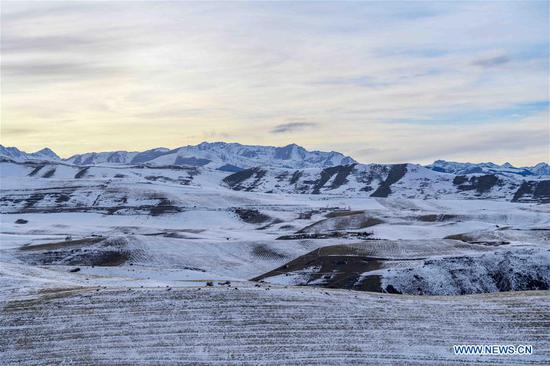China has reduced carbon emissions, use of fossil fuel and increased its forest cover in 2017, State Council announced.
Country's carbon intensity, the amount of carbon dioxide produced per unit of gross domestic product (GDP), has reduced by 46 percent in 2017, compared to 2005 levels.
"We have already surpassed the target around three years early, the former plan was to reduce carbon intensity by 40-45 percent by 2020." Xie Zhenhua, China's special representative on climate change said during a press conference in Beijing on Monday.
Plans are afoot to expand the carbon emission trading scheme further to lower the emission. Officials pointed out that the carbon emission trading system (ETS) would witness massive changes in the coming years.
"We are working on revamping the policies that will ensure strong data verification process and make crucial infrastructural changes. Department is strengthening distribution and management of distribution quota," Li Gao, director general, department of climate change said.
The National Development and Reform Commission (NDRC) in 2013 launched seven pilot emission trading schemes in Beijing, Tianjin, Shanghai, Chongqing, Shenzhen, Guangdong, and Hubei. The pilot ETS covered major polluting sectors including power, cement, steel and petrochemicals in these regions.
China's ETS is focusing on the power sector. More than 1,700 power plants in the country emit more than three billion tons of carbon dioxide.
"At present China's ETS is the world's largest," Li added.
The country is also on the way to meet the target for non-fossil fuel consumption by 2020. Green energy generation has climbed up to 13.8 percent, aimed at stretching it up to 15 percent in the next two years.
"We are leading producers of green energy. Use of photovoltaic and wind energy has helped us reduce the cost and increase penetration all over the country," Xie maintained.
China holds the world's largest forest cover stretching up to 22 percent of the country's total area. It is also witnessing steady growth. The forest cover continues to surpass the 2020 target of 1.3 billion cubic meters. In 2017, the forest cover increased to 2.1 billion cubic meters.



















































